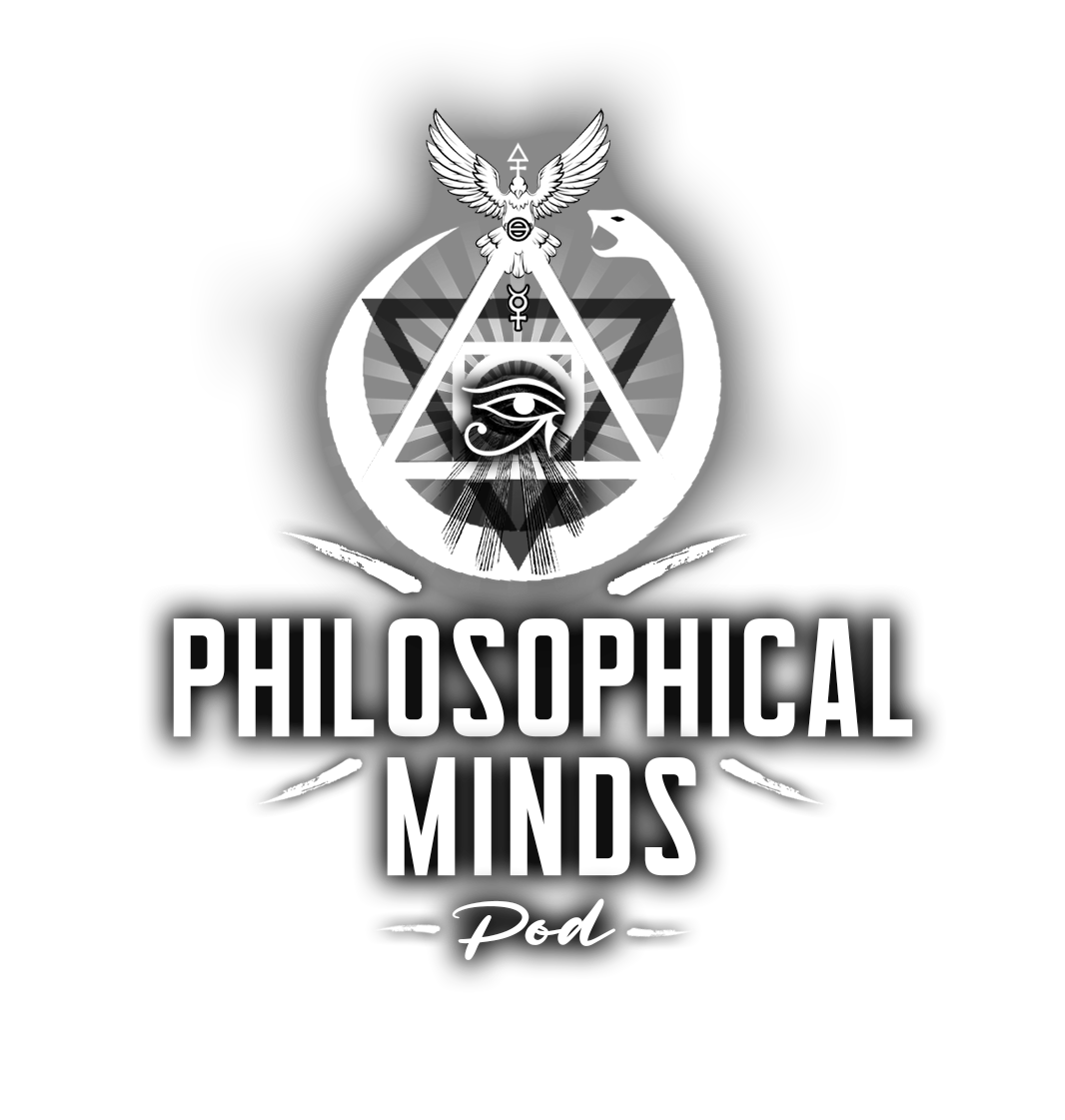The Studies of Lilly Kolisko on Gold and the Sun: A Fusion of Science and Spirituality

Lilly Kolisko, a pioneering researcher in the early 20th century, is celebrated for her groundbreaking work that sought to bridge the realms of science and spirituality. Her studies on the effects of celestial forces, particularly the Sun, on earthly substances like gold, stand as a testament to her unique approach to scientific inquiry. Working under the influence of Rudolf Steiner and the Anthroposophical movement, Kolisko’s research ventured into areas where conventional science often hesitated, offering a novel perspective on the interconnectedness of the cosmos and the material world.
The Intersection of Gold and the Sun in Anthroposophy
Within the framework of Anthroposophy, the Sun is not just a massive ball of nuclear fusion but a central, life-giving force that exerts profound influences on all forms of life on Earth. Gold, on the other hand, has long been revered as a symbol of purity, incorruptibility, and divine illumination in various spiritual traditions. According to Steiner, gold is intimately connected with the Sun, both symbolically and energetically. This connection is not merely metaphorical but manifests in the physical and etheric qualities of gold.
Kolisko’s work was deeply rooted in this understanding. She sought to demonstrate the tangible effects of solar forces on gold, hoping to provide empirical evidence that would validate the Anthroposophical view of the cosmos.
Kolisko’s Capillary Dynamolysis Experiments
One of Kolisko’s most notable contributions was her development of the capillary dynamolysis method, a technique that visualized the formative forces acting on different substances. This method involved dissolving metals like gold in various solutions and allowing them to crystallize on filter paper. The resulting patterns were then studied for correlations with cosmic events, particularly the movements and positions of the Sun.
Kolisko conducted a series of experiments where she observed the behavior of gold solutions in relation to solar activity. She discovered that during certain solar phenomena, such as sunspot activity or eclipses, the crystallization patterns of gold would change in a distinct and measurable way. These patterns, she argued, were influenced by the Sun’s etheric forces, which permeated the substance of gold and altered its physical properties.
Her research suggested that the Sun’s influence on gold was not merely a matter of heat or light but involved more subtle, etheric forces that could affect the material world in ways that conventional science could not yet fully explain. These findings were in line with the Anthroposophical view that celestial bodies exert spiritual and etheric influences on Earthly substances, a view that Kolisko’s experiments sought to substantiate.
The Spiritual Implications of Kolisko’s Work
Kolisko’s research was not just about demonstrating the effects of the Sun on gold; it was about exploring the deeper connections between the cosmos and the Earth. In her view, substances like gold could serve as mediators between the physical world and the spiritual forces of the cosmos. The patterns she observed in her experiments were not just physical phenomena but were also manifestations of spiritual realities.
For Kolisko, the relationship between gold and the Sun was emblematic of the larger relationship between the Earth and the cosmos. Gold, with its unique properties and connection to the Sun, was a material reflection of the spiritual light that the Sun brings to the world. By studying gold’s behavior under the influence of the Sun, Kolisko believed that one could gain insights into the spiritual forces that shape our world.
Her work also suggested that human beings, as microcosms of the cosmos, could be influenced by these same forces. Just as gold responds to the Sun, so too might the human soul respond to the spiritual light of the cosmos. Kolisko’s research thus provided a bridge between the material and spiritual sciences, offering a holistic view of reality that integrated the physical, etheric, and spiritual dimensions of existence.
Critique and Legacy
While Kolisko’s work was groundbreaking, it was also controversial. Mainstream science, rooted in materialism and reductionism, was skeptical of her methods and conclusions. Her findings were difficult to replicate using conventional scientific methods, leading to a marginalization of her work in the broader scientific community.
However, within Anthroposophical circles, Kolisko’s research was highly regarded. Her experiments provided empirical support for Steiner’s teachings and inspired further research into the connections between the cosmos and the Earth. Today, Kolisko’s work is seen as a pioneering effort in the field of spiritual science, a discipline that seeks to integrate the insights of spirituality with the rigor of scientific inquiry.
Kolisko’s studies on gold and the Sun remain a fascinating exploration of the boundaries between science and spirituality. They challenge us to consider the possibility that the cosmos is not just a mechanistic system but a living, spiritual entity that interacts with the material world in profound and subtle ways. For those willing to look beyond the confines of conventional science, Kolisko’s work offers a glimpse into a universe where the material and the spiritual are deeply interconnected, and where substances like gold can serve as windows into the mysteries of the cosmos.
